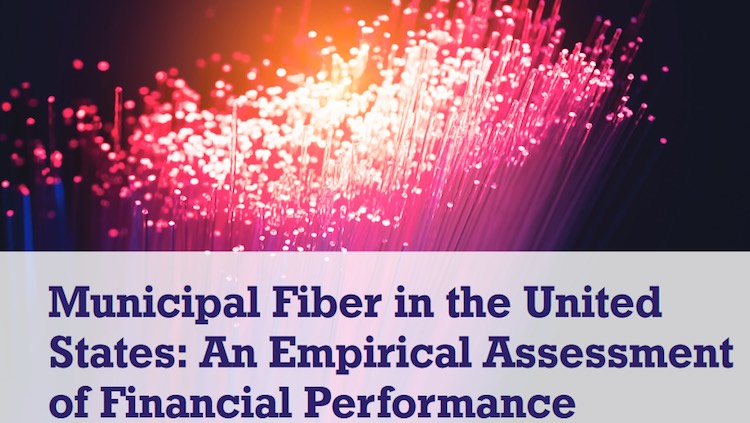Municipal Broadband Study: Half Are in Red

A new study of municipal fiber networks indicates many are not making a go of it and only two of 20 studied are making enough to cover development costs.
ISPs have long argued that muni networks—which they say often wind up being government-subsidized overbuilds of existing private nets—can leave taxpayers holding the bag when initial investments don't convert to ongoing sustainability.
The just-released study is from University of Pennsylvania Law School Professor Christopher Yoo and co-author Timothy Pfenninger. Yoo hit the high points at an event in Washington rolling out the study.
Yoo said there were 88 municipal broadband projects they identified as of 2014, almost all those were where cities had municipal power and thus access to rights of way.
He said that only 20 of the cities report broadband financials separately from electric power, so the study focused on the 20 for which data were available. Of those, 11 of 20 fiber networks assessed don't generate enough to cover operating costs (they operate in the red). 90% will not generate enough to cover costs within the period of the bond issued to borrow money for them, and only two of them are expected to be able to cover total project costs over an estimated 30-40 years of "useful life."
Five of the nine that do cover operating costs would take a century to recover those project costs, say Yoo and Pfenninger.
The report includes case studies of Chattanooga's Electric Power Board project and the Utah Telecommunication Open Infrastructure Agency (UTOPIA).
Broadcasting & Cable Newsletter
The smarter way to stay on top of broadcasting and cable industry. Sign up below
Yoo said that even if the goal is not to make money, the projects need to keep up with the debt service on the bonds, which is how most are supported, or cities could default on the bond or in at least one case already with a build become insolvent. Defaulting on broadband bonds makes future bond issues for roads and schools more expensive.
He said the idea is to give decisionmakers more information to make muni broadband decisions.
There were caveats to the report. It was based on five years of data, not the entire length of the project, so the systems may do better as the technology improves or more people sign up.
And future builds could adopt the Google Fiber model of getting subs signatures on the bottom line before building out—akin to signing up land owners for municipal water before deciding whether there is a case for laying the pipe.
Yoo said cities need to think about the worst-case scenarios as well as the best.
A number of states have laws placing restrictions on municipal broadband, pointed out an audience member at the event, which they said could have affected viability and should be one of Yoo's caveats.
Former Pennsylvania governor and Philadelphia mayor Ed Rendell, who was on a panel vetting the study, called the study an "incredibly valuable tool" as localities and their officials face infrastructure spending decisions on "overwhelming needs" with "limited funds."
He called it a "‘must read’ for any community considering building broadband networks of their own." But he also called it one side of the dilemma. The other side is if a city decides not to build a system, how do citizens get access and at prices they can afford, he said. Rendell said lack of broadband competition was one “culprit” driving cities to look to their own systems to provide affordable, high-speed broadband.
Contributing editor John Eggerton has been an editor and/or writer on media regulation, legislation and policy for over four decades, including covering the FCC, FTC, Congress, the major media trade associations, and the federal courts. In addition to Multichannel News and Broadcasting + Cable, his work has appeared in Radio World, TV Technology, TV Fax, This Week in Consumer Electronics, Variety and the Encyclopedia Britannica.

